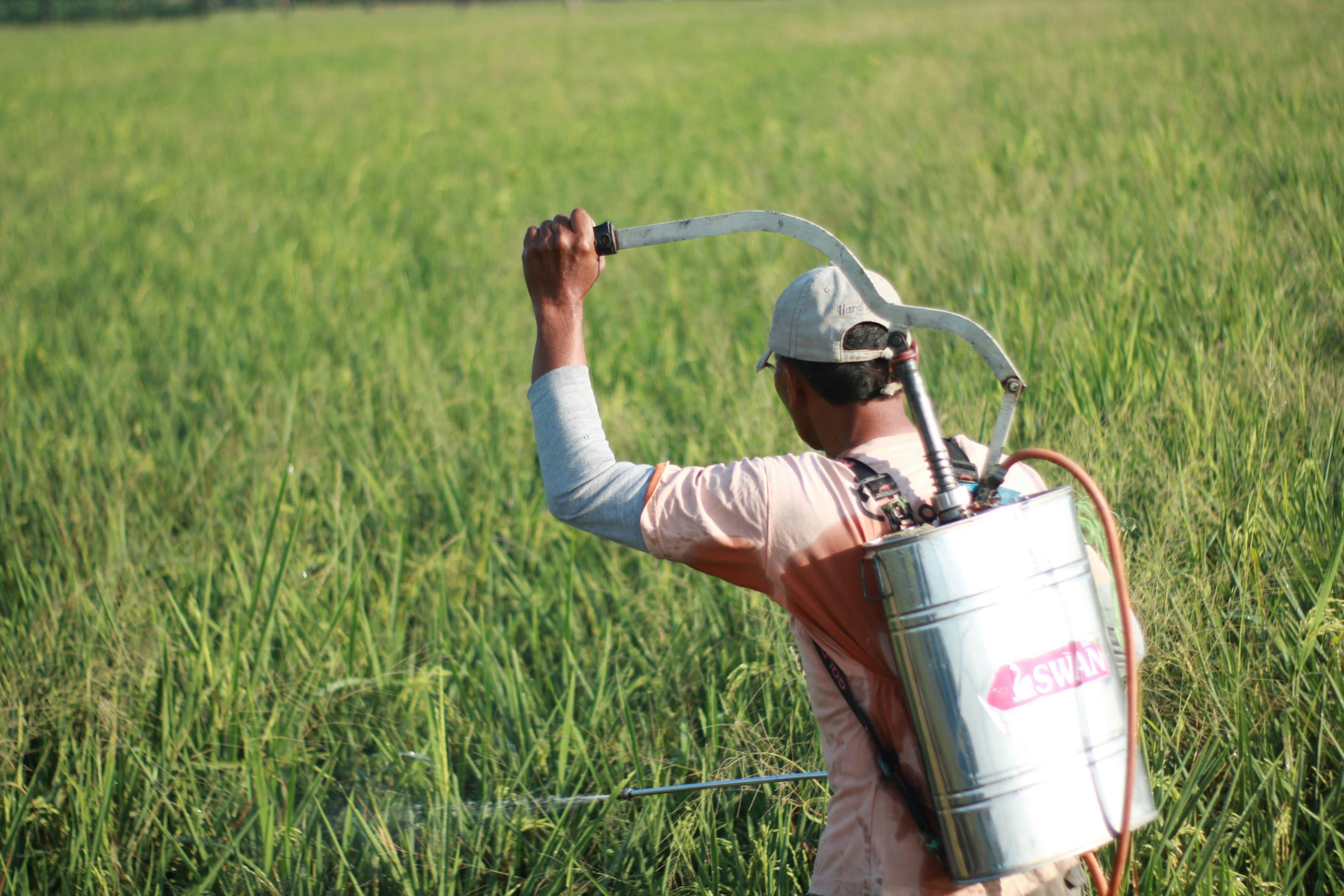All Categories
Featured

It is increasingly evident that modern agriculture relies heavily on the use of pesticides. However, the side effects of these chemicals on wildlife are alarming and require attention. From pollinators such as bees and butterflies to larger mammals like deer and foxes, pesticides have been shown to cause detrimental health effects.
Pesticides, which include insecticides, herbicides, and fungicides, are designed to kill pests and protect crops. Yet, their non-selective nature also affects non-target species by different means of contact. These chemicals can cause acute poisoning, prolonged health problems, and mortality in wildlife.
Studies have linked pesticide exposure to a range of adverse effects in wildlife, including disruption of hormonal systems, reproductive harm, and neurological damage. For instance, neonicotinoid pesticides, which are widely used due to their effectiveness against pests, have been found to be particularly harmful to bees, affecting their ability to navigate and leading to declines in bee populations.
Furthermore, the accumulation of pesticides in ecological food webs poses a grave risk to predatory species and can upset ecological balances. This cascading effect magnifies the original problems posed by pesticides, extending the risk to a wider range of species, including those not initially considered at risk.

Dangers Posed by Pesticides to Wildlife
The numerous risks that pesticides pose to wildlife are evident through different forms. Birds, for example, often ingest pesticides directly through treated seeds or indirectly by eating contaminated insects. This exposure can lead to acute mortality or chronic reproductive challenges. Studies have shown that certain rodenticides lead to hemorrhaging in birds of prey who consume exposed rodents, pointing out the requirement for more mindful pesticide application practices and tighter regulations.
In aquatic environments, pesticides in runoff water contributes to the pollution of water bodies, affecting a broad spectrum of aquatic life including fish, amphibians, and macroinvertebrates. The decline in amphibian populations, noticeable around agricultural areas, has been partially attributed to pesticide exposure, underscoring the extensive consequences of these chemicals on biodiversity.
Continued discussions about the balance between pest control and wildlife preservation underscore the need for safer pest management strategies. Integrated Pest Management (IPM) approaches, which emphasize reducing pesticide use, offer a more sustainable solution for reducing the impacts on wildlife while controlling pest issues effectively.
Latest Posts
Disconnected in a Connected World Understanding Digital Age Isolation
Bookworm's Moving Handbook: Packing Your Precious Pages
Enjoying Water-Based Leisure Activities Engaging in water-based activities is not just about getting wet; it’s an exploration of new experiences and enjoying nature's therapeutic properties. Whethe
More
Latest Posts
Disconnected in a Connected World Understanding Digital Age Isolation
Bookworm's Moving Handbook: Packing Your Precious Pages